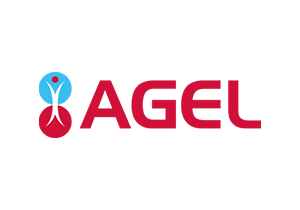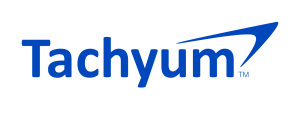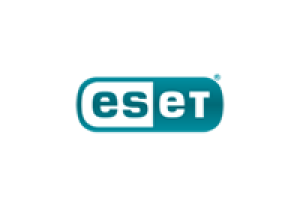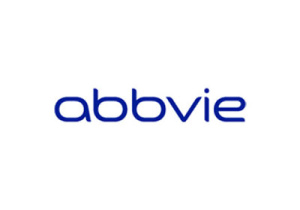Trends in eGovernment in Europe

What is the current trend of eGovernment in Europe? How did Slovakia succeed in implementing digital processes in comparison to other European countries? And do you know what Alice in Wonderland learned from the Red Queen?
Report on the state of eGovernment in Europe and Slovakia
After falling through a rabbit hole, little Alice encountered a number of bizarre characters in a fantasy world. One of them was the chess piece of the Red Queen, who taught her a very important lesson. In order to stay in one place, she cannot stop running.
Little Alice didn’t understand the moral of the story only until she grew up. She realized that the world isn’t waiting for anyone. If we stagnate in our development, we may not be able to catch up with others. This applies to many aspects, including the world of IT and eGovernment.
In October 2019, the European Commission released the eGovernment Benchmark 2019. The report tells us not only about the progress of eGovernment development in Europe, but also how Slovakia is doing compared to other European countries.
The report brings some good news. Differences between European countries are diminishing, and countries that lag behind are already catching up with digital governance leaders such as Malta, Estonia or Austria. The first two presented their know-how at the International ITAPA Congress 2019, you can watch the video here and here.
There are four main factors are taken into account in the eGovernment evaluation. The first one refers to online service accessibility, whether it is functional on mobile devices and how easy it can be used. While the European average is 84.8 points, Slovakia still lags behind with 77 points, although it has improved its score by 2 points since the last evaluation.
The second factor measures the transparency of state administration and self-government processes and users' ability to control their personal data. The overall European average is 62.3, Slovakia has improved by 5 points compared to 2018 and currently holds 42 points.
The third aspect assessed is the accessibility of services to European citizens across borders. This area has the lowest average rating of only 47.5 points. Slovakia has placed itself even worse than half of this rating with just 26 points, with no improvement recorded by the European Commission.
The last evaluated area composes of the key eGovernment tools: eID, electronic documents, authentic sources, etc. In this area, we managed to catch up with the European average of 58.3 with 58 points. Compared to the previous year, we’ve improved by one point.
The report also evaluates the level of online eGovernment services penetration. The good news is that the average European penetration has risen by 4% to 57% since last year. Less good news is that Slovakia has lagged behind the European average and its penetration level is 45%. In the case of the digitization of state and public administration, the European average was evaluated at 68%. Slovakia is again rated slightly worse with its 55%. The conclusion of the benchmark study is that Slovakia is not making full use of the potential of ICT.
It is apparent that Slovak eGovernment is improving in terms of advanced services and their accessibility for citizens. The tempo of a generally-evolving trend in other countries is constant, therefore the necessity for improvement of the Slovak Government is even more pressing.
We have areas where we are almost at the European average level (accessibility of business services and various life situations), but we are lagging behind in others. On one hand, there are areas that meet the European average standard (accessibility of services for business and private issues), on the other hand, there are others that need significant improvement.




















